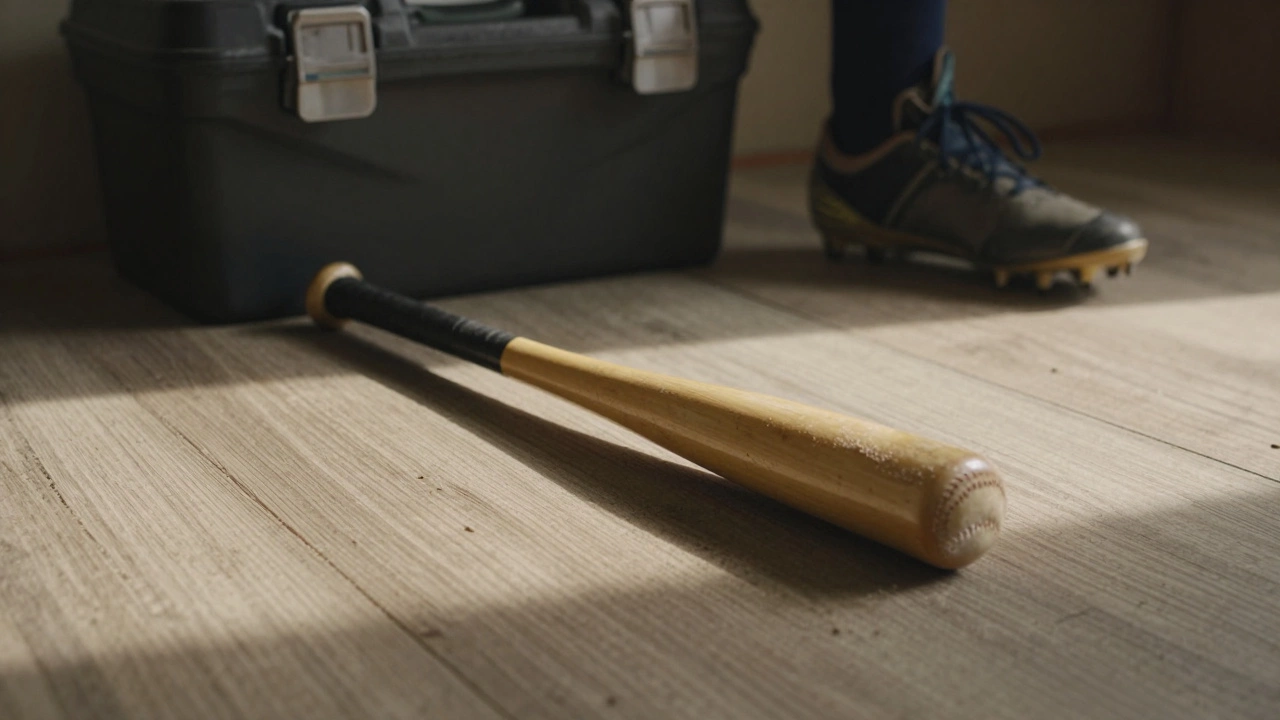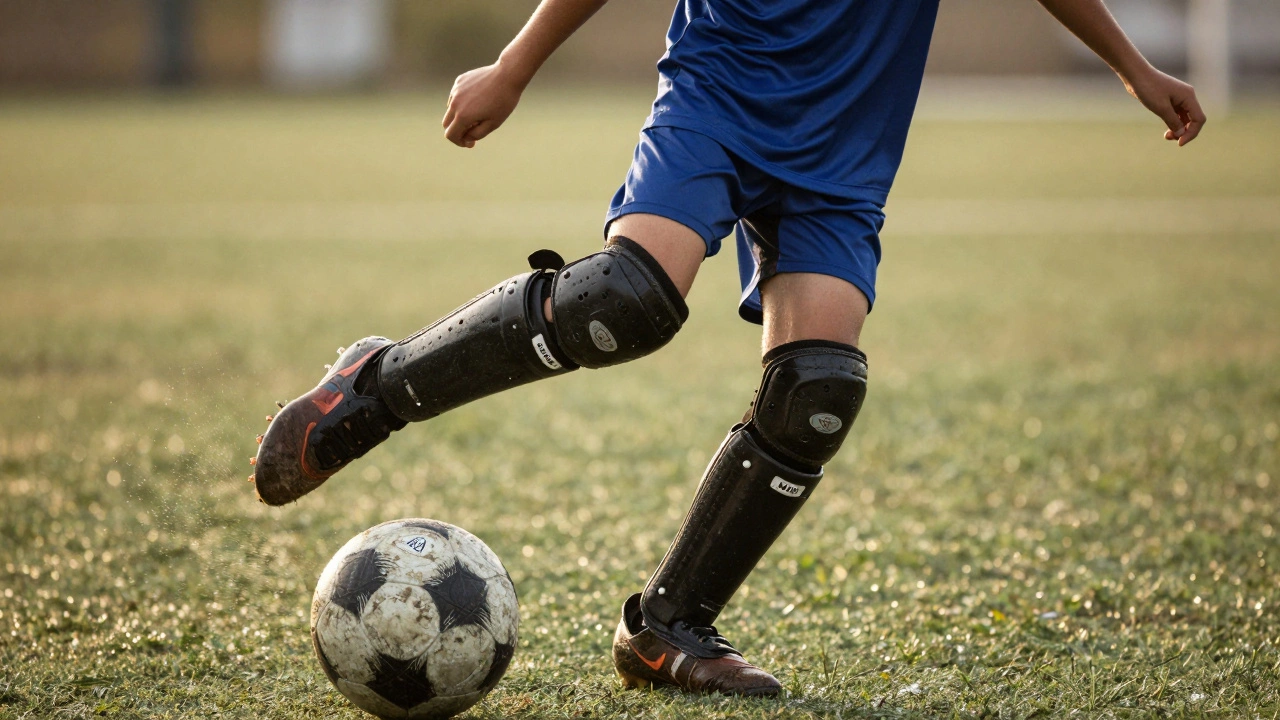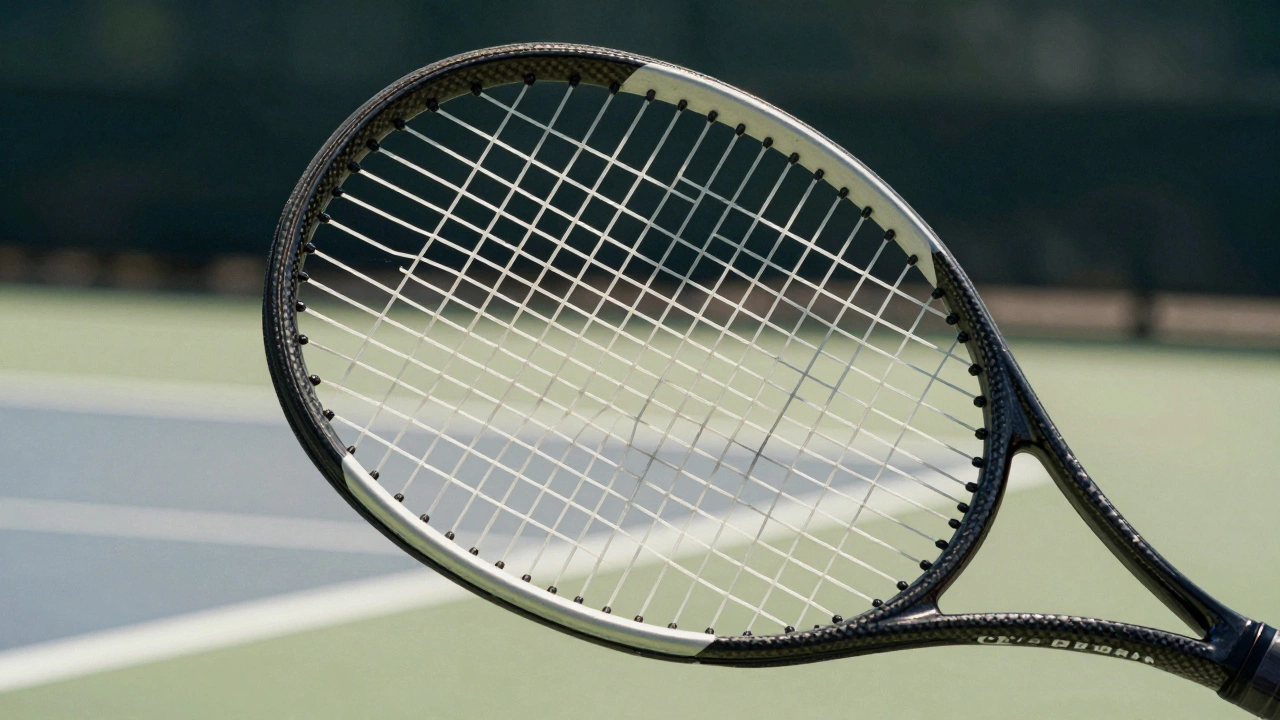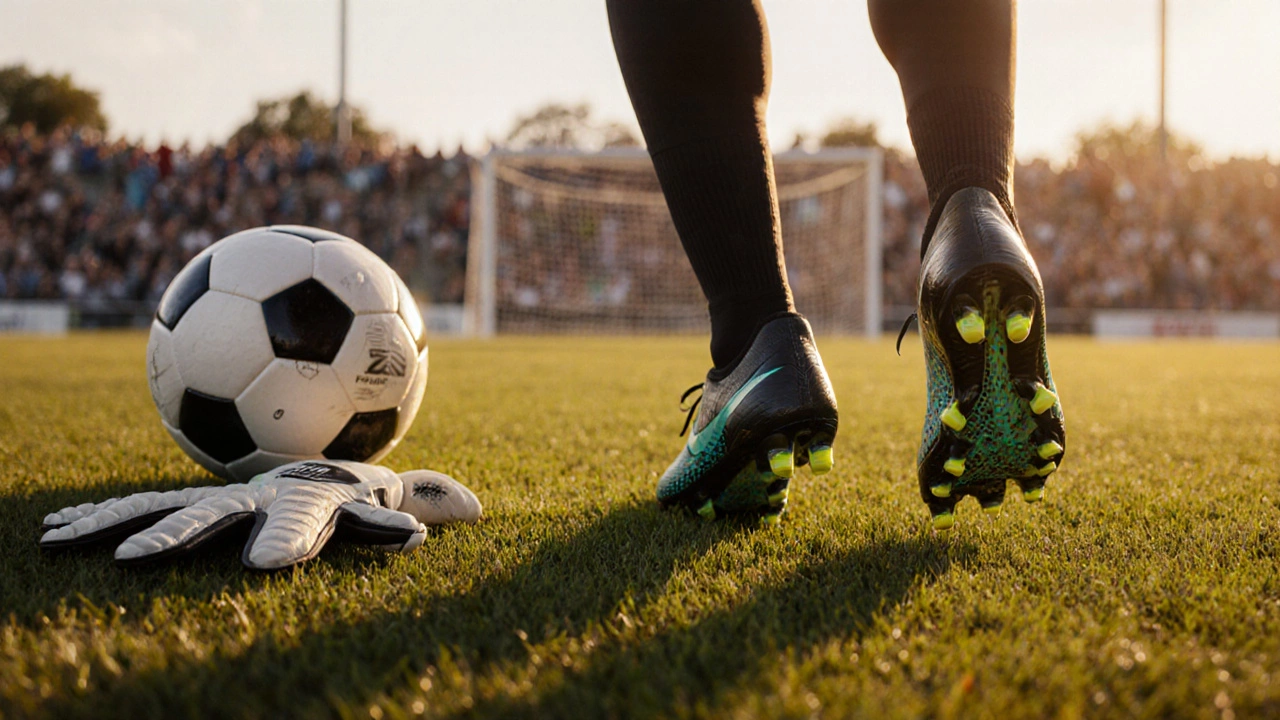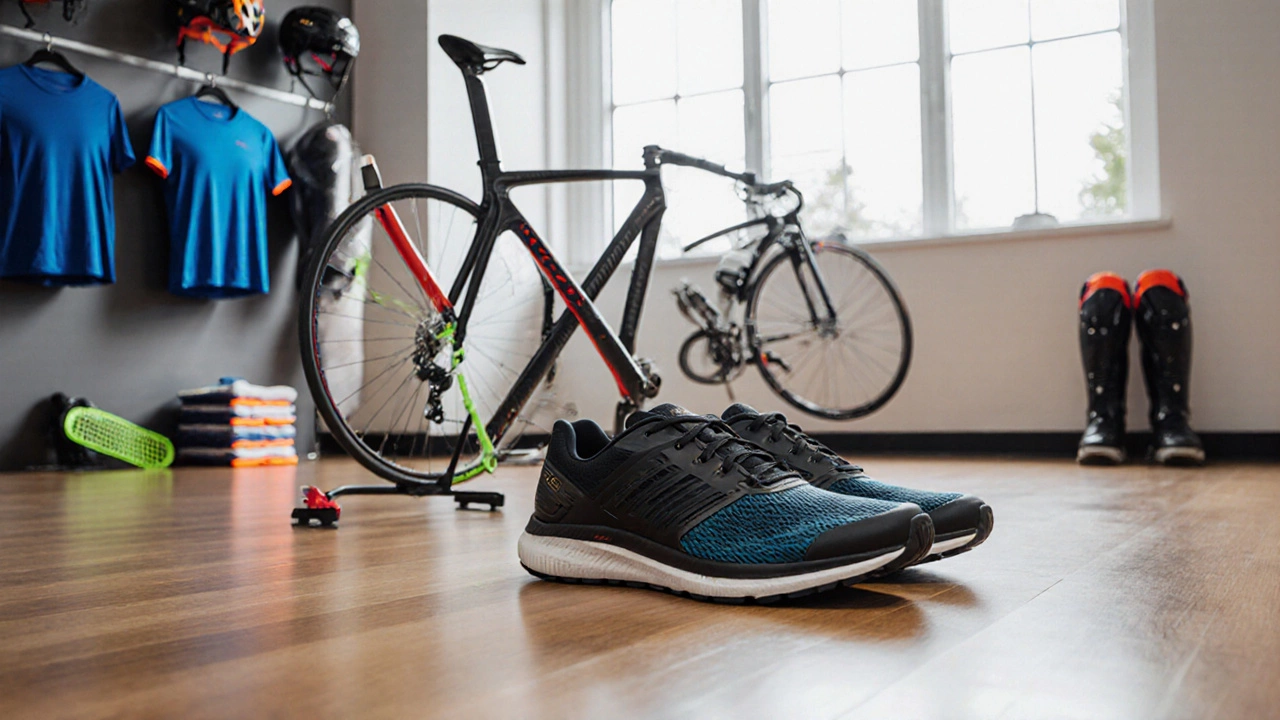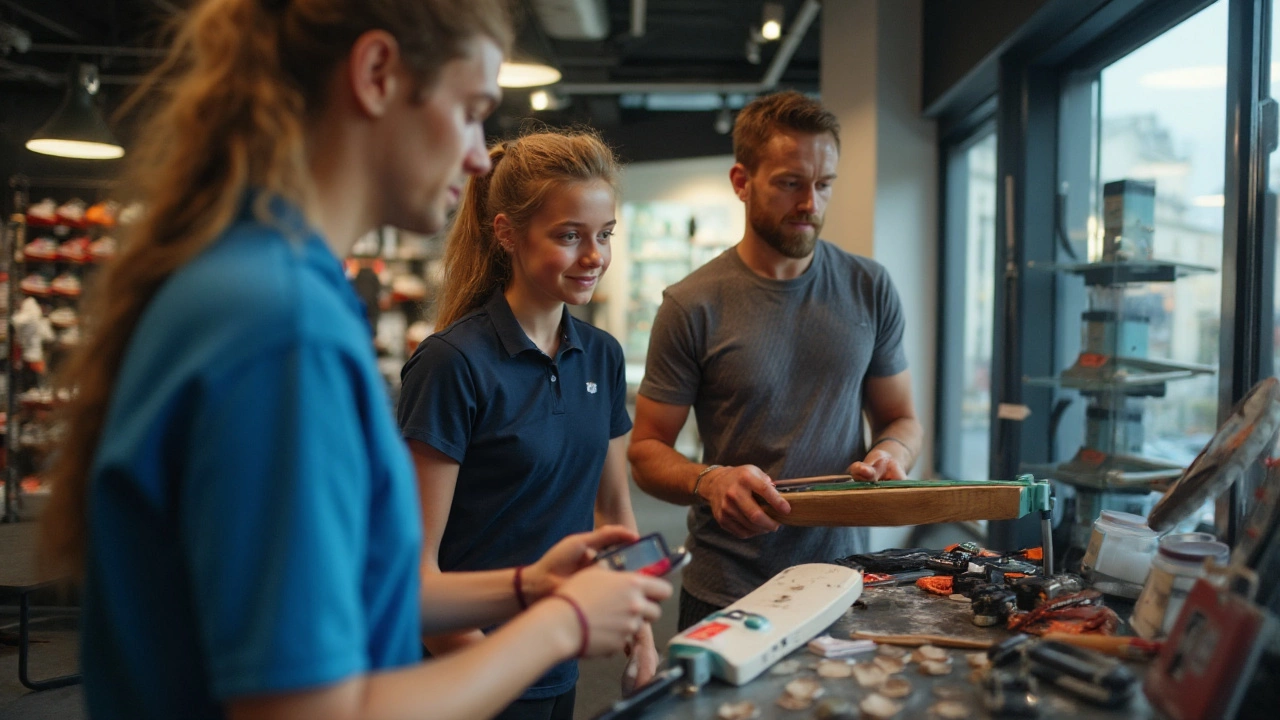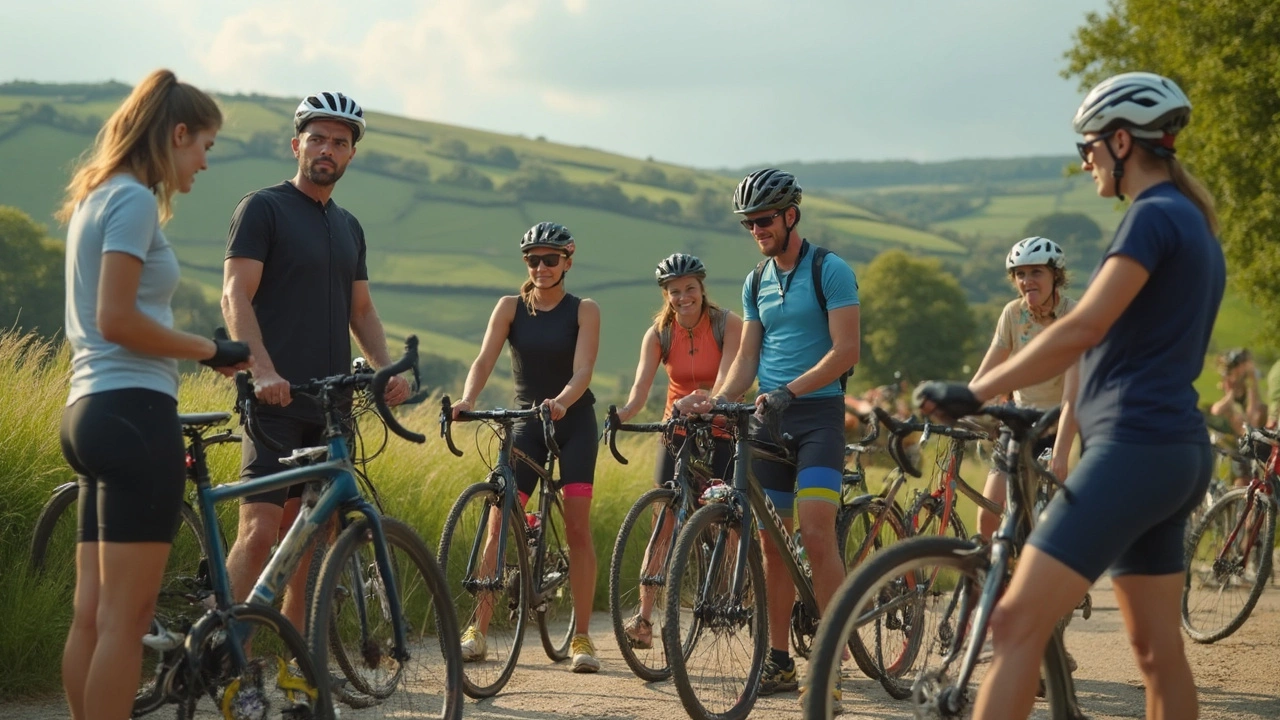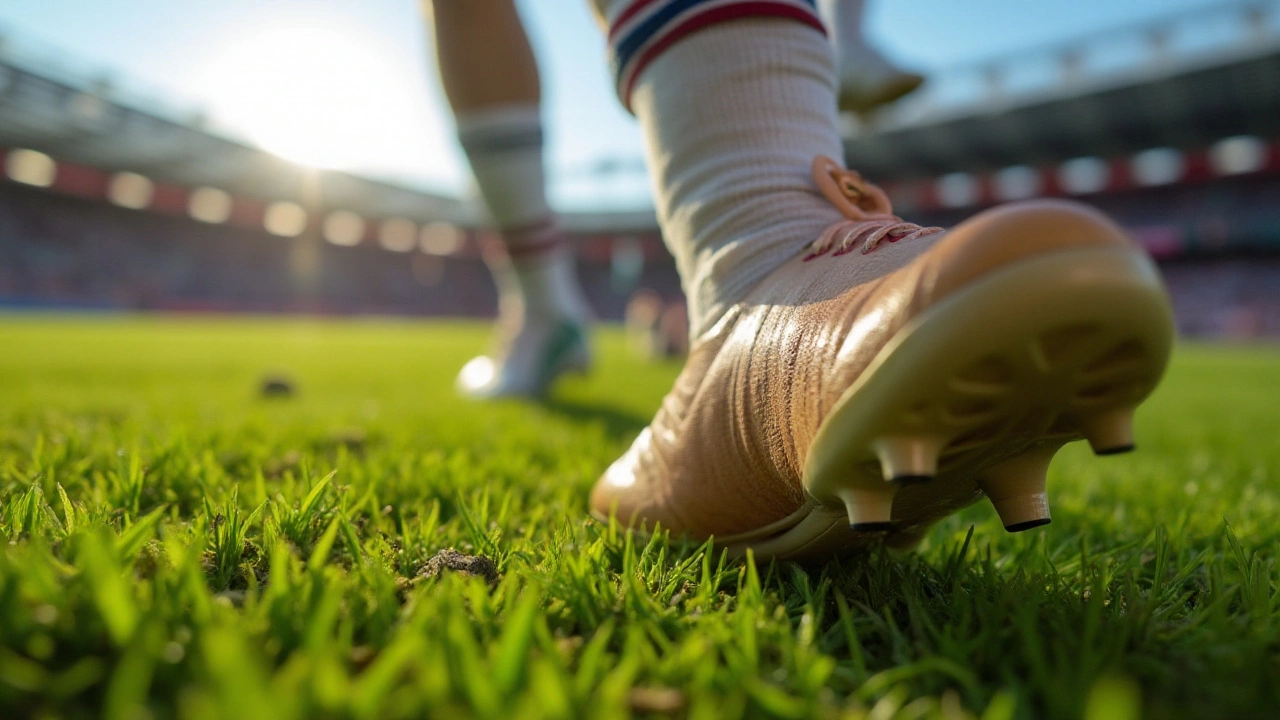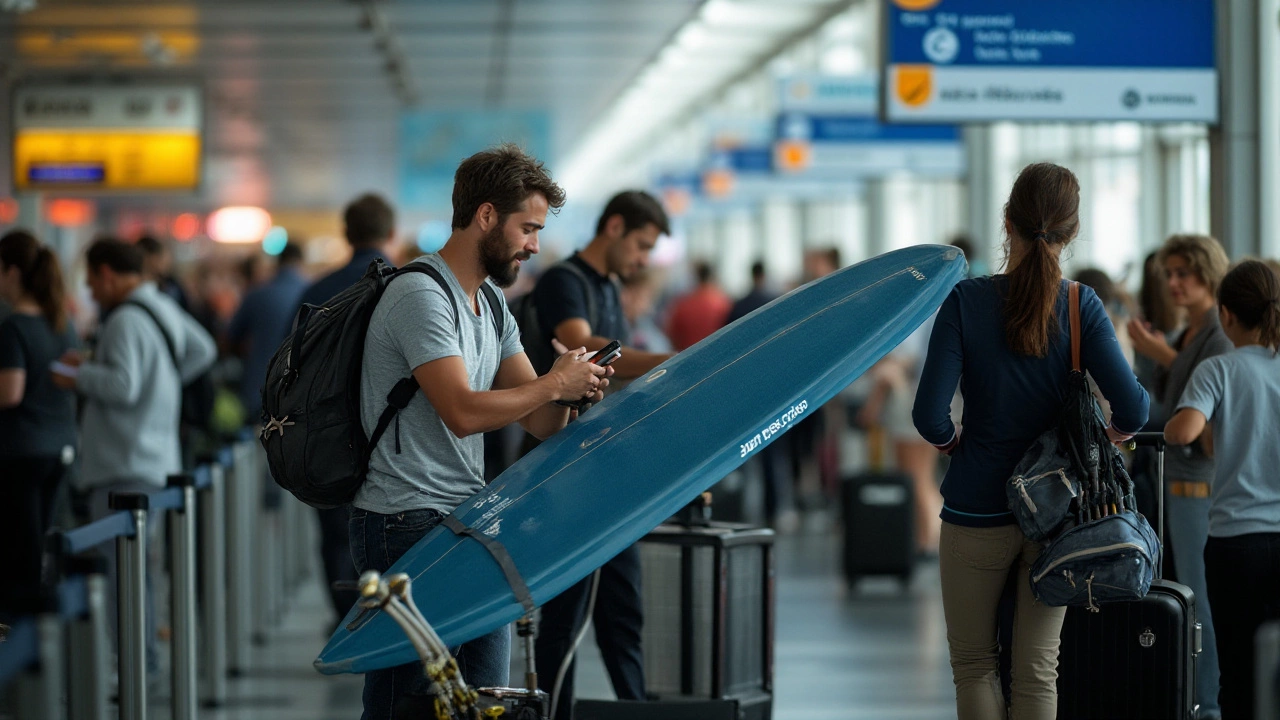Baseball bats, cricket bats, hockey sticks, and golf clubs are designed for sport-but they can become deadly weapons in the wrong hands. Learn which gear is most dangerous and how to prevent harm.
All About Sports Equipment – Guides, Tips and Real‑World Advice
Looking for solid info on sports gear without the jargon? You’re in the right spot. This page brings together easy‑to‑follow guides, buying tips, and maintenance tricks for everything from a bike to a golf club.
First off, know what you actually need. Not every sport requires high‑tech gear; sometimes a simple ball or a sturdy pair of shoes does the job. Figure out the core items for your activity and focus on those before splurging on extras.
How to Pick the Right Gear for Your Sport
Start with fit and purpose. A well‑fitted bike frame makes riding smoother, while a correctly sized tennis racket improves control. Check the manufacturer’s size chart, read a couple of user reviews, and if possible, try the equipment in a local shop.
Next, think about material durability. Aluminum frames are light but can dent, whereas carbon fiber stays rigid but costs more. For running shoes, look for breathable mesh if you sweat a lot, or waterproof uppers for wet climates. Matching material to your conditions saves money in the long run.
Budget matters, too. Set a realistic price ceiling and stick to it. Many reputable brands offer mid‑range models that give you most of the performance without the premium markup. Remember, the most expensive gear isn’t always the best for beginners.
Maintaining Your Gear – Simple Steps That Extend Life
Cleaning is the easiest way to keep equipment in shape. Wipe down balls, rackets and helmets after each use. For bike chains, a quick dip in a degreaser followed by lubrication prevents rust and keeps shifting smooth.
Store gear properly. Keep snowboards in a cool, dry place and avoid leaning heavy items against walls. For inflatable gear, release air before packing to stop over‑inflation damage.
Regular checks catch wear early. Look for cracked frames, frayed straps or loose bolts before they cause injury. A quick visual inspection before each session can spot problems you’d otherwise miss.
If you travel with gear, know airline policies. Most carriers allow a sports bag as checked luggage but charge extra for oversized items. Pack fragile gear in a hard‑case, label it, and add a spare set of basic equipment in case of loss.
Finally, keep up with tech updates. New composites, smarter sensors and lighter fabrics appear each year. Subscribe to our short guides for the latest releases so you can decide if an upgrade truly adds value for you.
Whether you’re buying your first bike, upgrading a golf set, or just need a quick fix for a leaky basketball, these tips give you a solid foundation. Dive into the posts below for deeper dives on specific gear, cost breakdowns, and real‑world experiences from fellow Guildford athletes.
Ready to pick the perfect piece of sports equipment? Browse our articles, compare options, and make a confident choice that fits your game and your wallet.
What Is Sport Equipment Used For? Essential Tools for Training, Safety, and Performance
Sport equipment keeps athletes safe, boosts performance, and helps you train smarter. From helmets to running shoes, each tool has a purpose-here's what really matters.
Sports equipment is made from a mix of advanced composites, metals, plastics, and natural materials. Learn what’s inside your gear and how material choices affect performance, durability, and safety.
Sports-specific equipment is gear designed for a particular sport to enhance performance and reduce injury risk. Learn why using the right gear matters and how to choose it for your activity.
Discover why sports equipment matters, how it boosts safety and performance, and tips for choosing, maintaining, and upgrading your gear.
Equipment Characteristics in Sports: Performance, Safety, Durability, and Fit Explained
Learn the real characteristics of sports equipment: performance, safety, durability, and fit. Clear metrics, standards, examples, and checklists to buy gear with confidence.
Quick, data-backed answer: who’s the biggest sports equipment company in 2025-by revenue, market value, and retail scale. Clear definitions, numbers, and a simple checklist.
Ever wondered if your bike counts as sports equipment? This article breaks down what really makes something 'sports gear' and where bicycles fit in. Find out how bikes stack up against other athletic tools and why they matter on and off the field. Get tips on choosing the right bike for your sports goals and learn some surprising facts about bike history and its place in sports today. No confusing jargon—just clear, useful info.
When it comes to sports equipment, some activities require a heftier investment than others. Diving into the world of sports like equestrianism, ice hockey, or golf reveals the staggering costs behind the necessary gear. Whether it's the handcrafted saddles for horse riding or the precision-engineered clubs for golf, the equipment can set you back thousands. By understanding which sports demand high financial outlays, potential athletes can make informed choices about their sporting adventures.
Sports often require specific equipment and facilities to ensure the safety and efficiency of athletes. Equipment ranges from the simple, like a ball, to high-tech gear designed to improve performance. Facilities are equally important and must meet standards to provide a conducive environment. This article explores the critical role equipment and facilities play in sports, along with tips for selecting the right gear and maintaining sporting spaces.
Traveling with sports equipment on a plane can be a bit tricky if you aren't prepared. Many airlines have specific rules and guidelines about what can be taken and how it should be packed. This article explains the general policies of carrying sports gear while flying, including how to handle oversized items. Additionally, discover tips on making your travel experience smoother when heading out for your next adventure.
Delve into the fascinating world of sports equipment materials to understand the elements that make your favorite gear both durable and effective. From metals to polymers and natural fibers, learn how each material contributes to performance and safety. Discover intriguing facts about innovations in sports technology and gain tips on choosing the right gear based on its components. This article uncovers what lies beneath the surfaces of the items that boost athletes worldwide.
